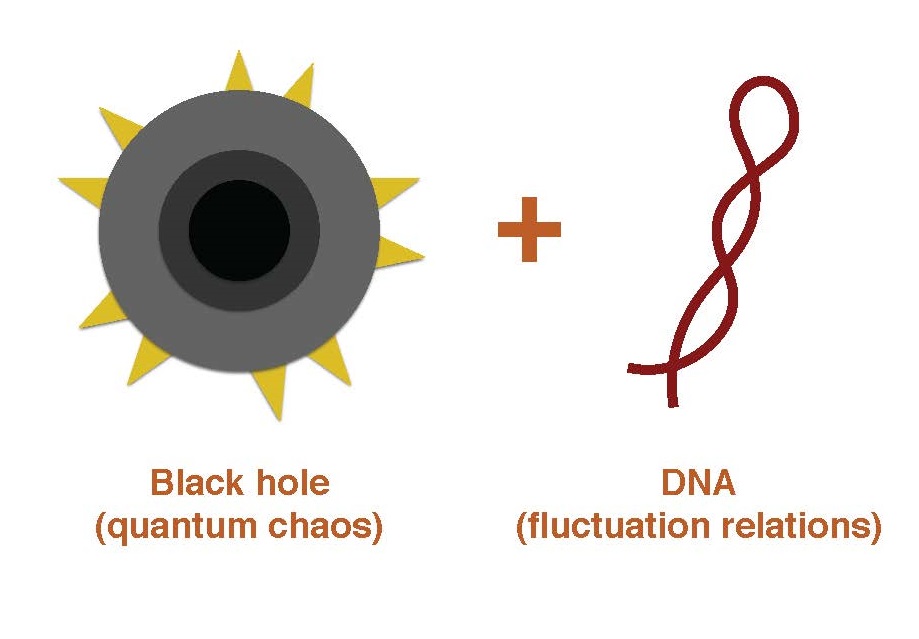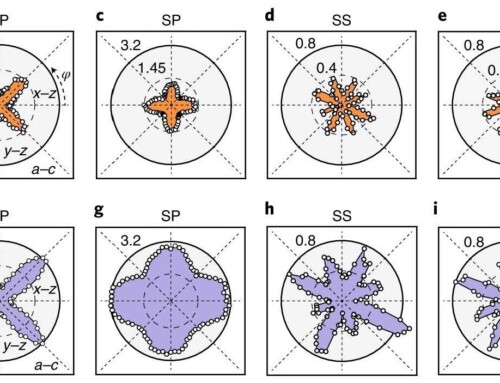IQIM graduate student Nicol e Yunger Halpern explores quantum chaos in her new publication Jarzynski-like equality for the out-of-time-ordered correlator
e Yunger Halpern explores quantum chaos in her new publication Jarzynski-like equality for the out-of-time-ordered correlator
What do black holes have in common with DNA? Black holes are chaotic quantum systems, which scramble information rapidly. DNA obeys fluctuation relations, equations that govern the energy needed to perform tasks like the uncoiling a chromosome. Quantum chaos and fluctuation relations are disparate fields of physics. But both relate to the flow of time, the dispersal of information, and challenging experimental measurements. This paper unites these fields, with a fluctuation-like relation that contains a signature of quantum chaos. The equation has foundational and practical implications. The quantum-chaos signature, as shown in the paper, depends on a quasiprobability. Quasiprobabilities resemble probabilities but behave more strangely, due to their role in quantum physics. Probabilities remain between zero and one, but quasiprobabilities can go negative. By measuring and combining quasiprobabilities, the paper shows, one can measure the quantum-chaos signature. This measurement scheme differs fundamentally from existing schemes. The quasiprobability scheme also diversifies the settings in which we can measure the quantum-chaos signature. Combining quantum chaos with fluctuation relations unites two powerful toolkits related to time and information, shedding new light on quantum systems from today’s experiments to black holes. Read the full paper: Yunger Halpern, Nicole (2017) Jarzynski-like equality for the out-of-time-ordered correlator. Physical Review A, 95 (1). Art. No. 012120. ISSN 1050-2947.



